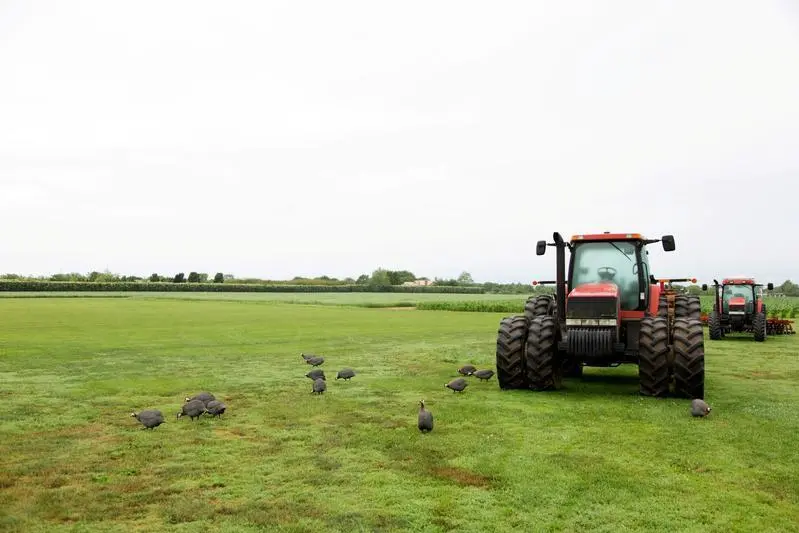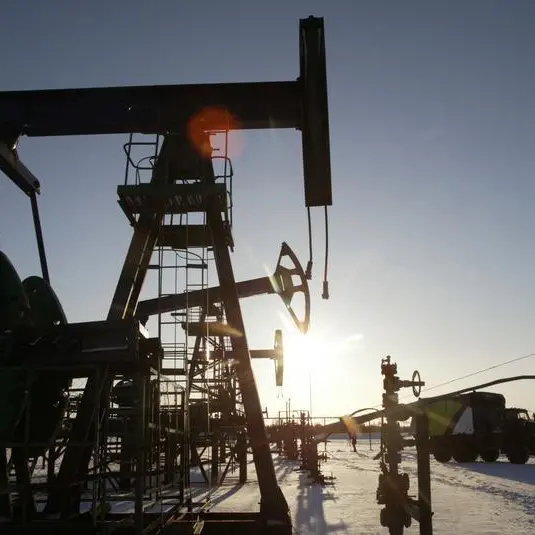PHOTO
(The opinions expressed here are those of the author, a market analyst for Reuters.)
NAPERVILLE, Illinois: A sharp drop in crop prices coupled with rising production costs is set to slash U.S. net farm income this year, though inflation may be masking the significance of these price and income declines, especially in relation to past years.
The U.S. Department of Agriculture last week forecast 2024 net farm income at $116 billion, down from $156 billion in 2023 and a record $186 billion in 2022, all in nominal dollars. That would be the fifth-highest on record after the past three years plus 2013.
But inflation-adjusted, the 2024 forecast is 4% below the 20-year average and down 41% from 2022. That would mark the biggest two-year decline in net farm income by percentage since 1983, when the U.S. rural economy was caught in a major agricultural crisis.
Net farm income of $116 billion in 2024 would be down 27% from the inflation-adjusted 2023 total, and would represent the largest annual decline since 2006.
Some inflation-adjusted commodity prices are not far off 2020’s low levels, and 2020 would have been an extraordinarily difficult year for farmers if not for massive government payments for both trade war- and pandemic-related losses.
Direct government payments were responsible for about 48% of U.S. net farm income in 2020, the highest share since 1983. Discounting government payments, total inflation-adjusted net farm income in 2020 was the lowest since 2002.
Trade war dollars could become relevant again in 2025 pending the outcome of the U.S. presidential election later this year, as candidate and former President Donald Trump earlier this month pledged to enforce steep tariffs on Chinese goods if elected.
USDA’s forecast implies direct government payments will account for nearly 9% of net farm income in 2024, a three-year high but well below average, pre-trade-war levels.
PRICES MAY BE LOWER THAN APPEAR?
The average prices of new-crop CBOT corn and soybean futures this month will represent insurance guarantees to U.S. farmers for the 2024 harvest, and planting decisions could be affected.
Those numbers are looking much less attractive than in prior years.
Through nine of 20 trading days in February, average December corn futures are down 20% from last February’s average and November soybeans are off 15%. Both would represent the biggest year-on-year declines in February prices since 2009.
December corn’s current average of $4.74 per bushel is below $5.91 and $5.90 in 2023 and 2022, respectively, though it is otherwise the highest since 2013.
However, a different picture emerges when inflation is considered. Adjusting historical December corn prices during February using monthly Consumer Price Index (CPI) data suggests the current $4.74 average would be the second lowest since 2006 after February 2020’s adjusted price of $4.60.
Nominally, new-crop corn in February 2020 averaged $3.88 per bushel and new-crop soybeans averaged $9.17, both four-year lows for the month.
November soybeans are averaging $11.72 per bushel so far this month, a four-year low though only 15 cents below the nominal 2021 average. Inflation-adjusted, the $11.72 becomes February’s fourth-lowest average since 2006, with a minimum of $10.87 in 2020.
November soybeans are trading at three-year highs relative to December corn, and this has analysts thinking about more soybeans and fewer corn acres this year. A Bloomberg poll of 21 analysts on Tuesday has 2024 U.S. corn plantings down 3 million acres from last year with a near-equal increase in bean plantings.
USDA will be out early on Thursday with a peek at 2024-25 U.S. balance sheets and planted area ideas will be of top interest. However, the first survey-based planting estimates for the 2024 U.S. growing season will not be available until March 28. Karen Braun is a market analyst for Reuters. Views expressed above are her own.
(Writing by Karen Braun Editing by Matthew Lewis)





















